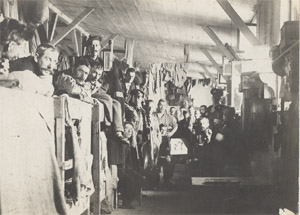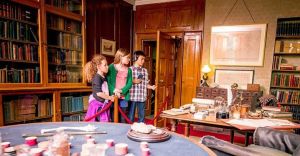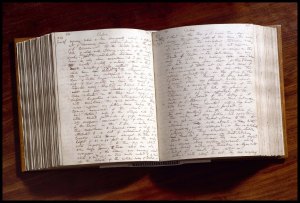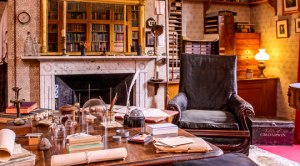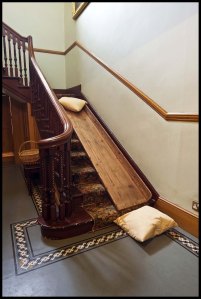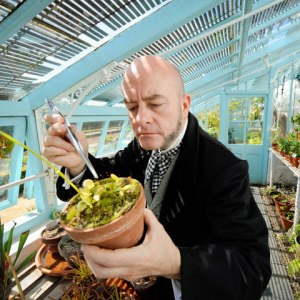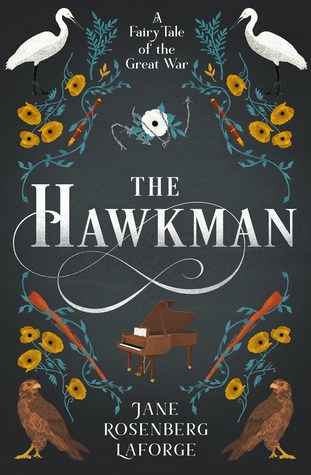
Unfortunately, the title of this novel will most likely keep it out of the hands of many readers. “The Hawkman” is far more likely to be associated with the DC Action Hero than with the protagonist of a literary novel, even if they have a shared background in fairytales and myths.
Title aside, The Hawkman is a memorable tale of love, loss; heartbreak, and tragedy, set against the turbulent backdrop of the early 20th century. World War 1, the “Great War,” decimated a generation of young men and left survivors maimed in body, spirit, and mind, struggling to find their place in a vastly changed world.
This is not a novel you can race though. Rosenberg frequently shifts character perspectives and timelines as she deftly weaves her plot. Additionally, there are long narrative passages which create the dreamy feeling of a lost fairytale.
Many of the chapters delve into the suffering of soldiers during WW1; trench warfare, German POW camps for British soldiers, discrimination against the Irish, and the anguish of the unknown, untreatable “shell shock.”
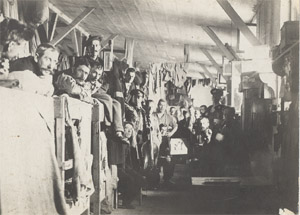
Photo source: cityssm.on.ca/library/WW1_POW.html
Fans of WW1 historical will want to watch for the release of The Hawkman.
Three out of five stars: I liked it.
The Hawkman by Jane Rosenberg LaForge
Paperback, 318 pages
I received a complimentary copy of this novel from NetGalley for review.
#TheHawkman #NetGalley #AmberjackPublishing
Description from NetGalley.com
A great war, a great love, and the mythology that unites them; The Hawkman: A Fairy Tale of the Great War is a lyrical adaptation of a beloved classic.
Set against the shattering events of the late 19th and early 20th centuries, at the tale’s heart are an American schoolteacher—dynamic and imaginative—and an Irish musician, homeless and hated—who have survived bloodshed, poverty, and sickness to be thrown together in an English village. Together they quietly hide from the world in a small cottage.
Too soon, reality shatters their serenity, and they must face the parochial community. Unbeknownst to all, a legend is in the making—one that will speak of courage and resilience amidst the forces that brought the couple together even as outside forces threaten to tear them apart.

